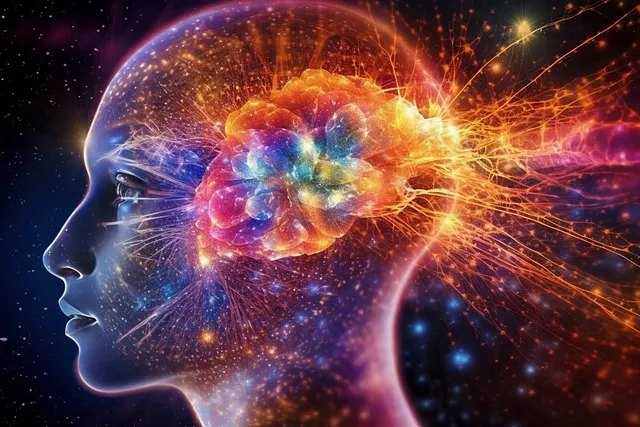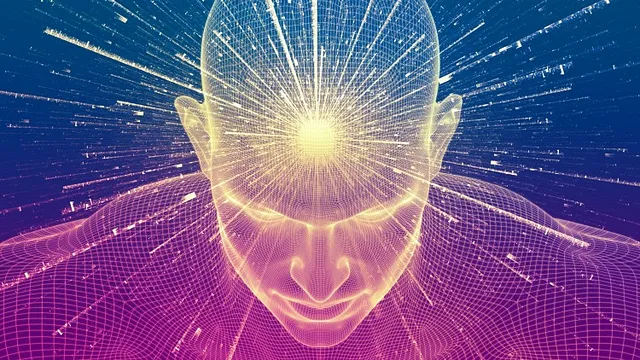
Let’s begin with understanding the definition of Yoga according to Patajali’s Yoga Sutra –
योगश्चित्तवृत्तिनिरोधः॥२॥
yogashchittavRuttinirodhaH
“Yoga is the ability to control the fluctuations of the mind”
To calm the Vrutti’s (fluctuation) of mind it’s very important to have a deep understanding of the mind and its functions.
To understand the mind and its function one can refer text called Vysasa Bhashya which is referred as one of the prominent commentary on Patanjali Yoga Sutra. It defines that at any given moment mind will be in one of these 5 states.
- Kshipta — completely distracted
- Mudha — dull, lethargic
- Vikshipta — not fully concentrated, distracted
- Ekagra — concentrated, one-pointed
- Nirodha — the state in which the mind is mastered and agitation completely ceases
According to Sankya philosophy, the universe was born from the union of Prakriti and Purusha. Prakriti here refers to the basic cosmic material that is the root of all beings, and Purusha to the spirit or conscious energy that governs life and reality.
Our mind is a manifestation of Prakruti and is made of three gunas of Prakriti Sattva (purity), Rajas (activity), and Tamas (dullness). All the fluctuations of the mind are because of the disturbance in the balance of 3 Gunas in an individual.
Kshipta (scatter-brain)
This is one the most common states of mind in which we all are in every day during waking ours.
This state is fully dominated by the guna ‘rajas’. In this state, the mind restless, jumping from one thought to another. For a moment the person will be happy, the very next can make that person unhappy. You might seen people who are moody, whom we cant predict that in what state of mind they will be. They all belong to Kshipta state of mind.
The people here will be like a butterfly oscillating between different emotions like love and hate, likes and dislikes, etc as a leaf flutters in the wind. Their emotions will be like a monkey mind which will keep jumping from one branch to another.
Mudha (dull, somnolent)
Mudha is a state of mind which is dominated by guna “Tamas”. Here the mind is dull, sleepy, lethargic and lacking any alertness. When you are mentally fatigued, you may feel like throwing up your hands saying, “My brain is dead, I need a break”, and all you do is sit on the couch like a potato and just change the TV channel.
During the waking state, one usually alternates between the kshipta and the mudha states.
When a mind is there in state of Kshipta for a long duration of time later part it will mudha state. In this state no productive work happens. It is somewhat compared to Donkey state of mind.
If a mind stays in this state for a long period then there is a chance that it will drive a person into a state of sadness or even depression.
Vikshipta (partially focused)
During a specific part of our life, suddenly we become focused this is where Satva guna comes into play but our old habits keep us pulling back and disturb us. So Vilshipta is called partially focused. It’s like a butterfly that will sit on the flower to such nectar but with in not time again starts flying in an haphazard way.
Although Vikshipta is more focused than Mudha or Kshipta, the moments of clarity are fragmented and the mind experiences only momentary stillness. It is not negative but we have to come out from distraction to concentration again and again
The above 3 are the common state of mind that a human being will be throughout of life. But the goal is to take our minds to the level of Ekagra and Nirodha. The best way to do that is to start practicing Yoga.
The Ashtanga Yoga discussed in Patanjali yoga sutra helps us to take our mind from Kshipta, Mudha & Vikshipta to Ekagra and Nirodha.
In Ashtanga Yoga ( 8 Limbs), the first 5 limbs — Yama, Niyama, Asana, Pranayama and Prathyahara help us from outside, and the other 3 limbs — Dharana, Dhyana, and Samadhi from inside to reach the state of Nirodha
Ekagra (One-pointed)

This is the state of mind that originates from Satva Guna. When one starts practicing Yoga in all spheres of life they will start detaching themselves from the worldly affairs that cause distractions and slowly move towards Ekagra — a steady state of mind.
Here is where the mind will start losing the duality and start moving toward clarity. This state also diminishes the kleshas (anxiety, fear, anger, jealousy, desire, depression), loosens the bonds of karma, and brings one closer to the final state of Nirodha.
Nirodha (fully arrested in concentration)
In this state, no new samskaras (impressions) can arise. Even though past impressions still remain, they are made ineffective and can no longer cause any afflictions. In the state of Nirodha, the mind continues to provide its normal functionality. However, it is now fully under the control of the yogi, and all the vrittis (fluctuations) that happen are under the control of the pure, sattvic buddhi (intellect) as opposed to being controlled by the ego.
The above classification of the states of the mind by Vyasa helps us analyze our own mental state and can help us make good progress in our yogic pursuits.